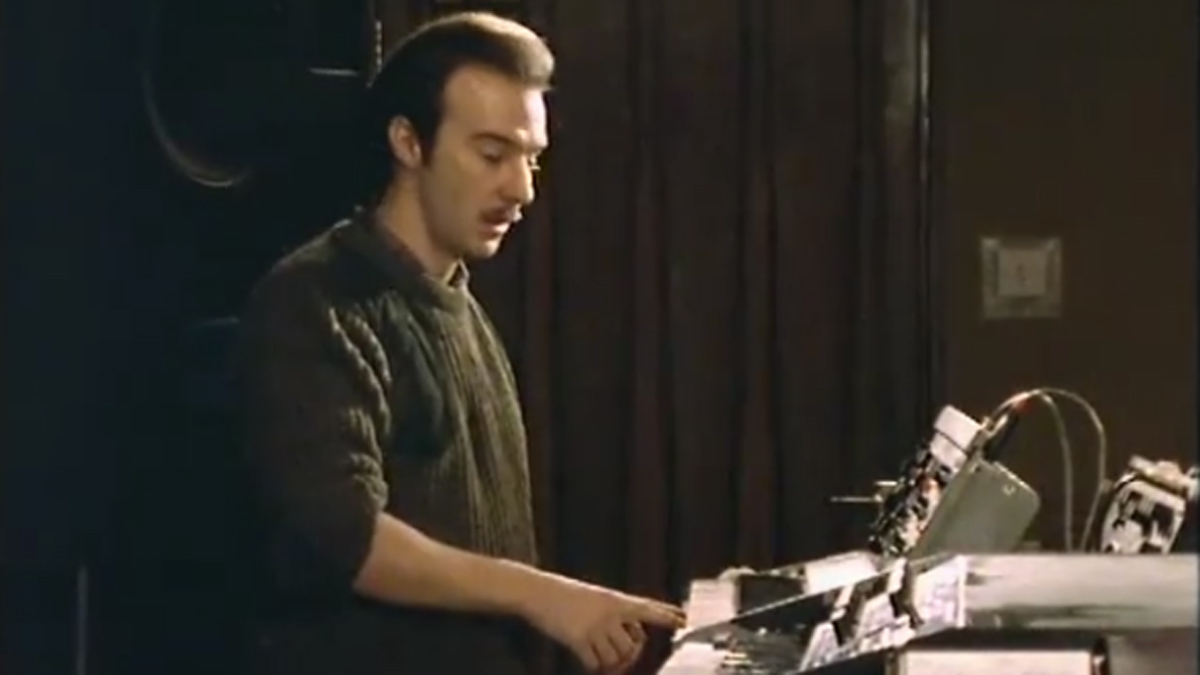“Technology’s moved on far too much to sell people things like this anymore”: Back in 1984, Ultravox’s Midge Ure dismissed the Minimoog as an “antique” and was embracing a digital synth future with the PPG Wave
“It’s actually an antique synthesizer now, 15 years old,” Ure says of his “very basic” Model D

The thing about footage of people explaining contemporaneous music technology is that it has a habit of dating rather badly, and this clip of Ultravox in the studio, which aired on the BBC’s Science Topics on 28 February 1984 (that’s 40 years ago to the day, date fans), is a prime example.
The video features Midge Ure cheerily suggesting that the Minimoog - now one of the most coveted analogue synthesizers in the world - has had its time, and that digital instruments are the way forward.
A post shared by BBC Archive (@bbc_archive)
A photo posted by on
“This synthesizer here, it’s one of the first synthesizers that was commercially available,” he says of his Model D. “I mean, it’s quite an old one, but we still use them. They’re very basic synthesizers - it’s an analogue synthesizer. It was developed by Dr Robert Moog quite a few years ago.”
Ure goes on to explain that one of the problems with the Minimoog and other synths of its ilk is that they’d go out of tune in “hot sweaty clubs” (which is true, to be fair). He also provides a succinct overview of the three-oscillator architecture and plays the Vienna bass part, which was recorded on the Minimoog.
Ultimately, though, he’s a touch dismissive: “These things now, you can’t buy them now, technology’s moved on far too much to sell people things like this anymore,” he sniffs. “It’s actually an antique synthesizer now, 15 years old.”
What of the future, then? Back in 1984, it lay in synths like the PPG Wave.
“We’ve moved on to this type of thing now - it’s a German synthesizer,” Ure says, as he switches to the Wolfgang Palm classic. “When you create a sound on it, although you’ve never heard the sound before and you’ve never heard anything like the sound before, it sounds as though it should be an acoustic instrument because it has overtones. It’s got 2,000 waveforms in it, so the actual waveforms can change when you play the sound, like a normal instrument would.”
Want all the hottest music and gear news, reviews, deals, features and more, direct to your inbox? Sign up here.
Again, it’s a pretty solid explanation, and in Ure’s defence, the PPG Wave is now considered a classic, too. We hope he didn’t end up selling that Minimoog for a pittance, though, because it would cost him a lot of money to buy it back now…



I’m the Deputy Editor of MusicRadar, having worked on the site since its launch in 2007. I previously spent eight years working on our sister magazine, Computer Music. I’ve been playing the piano, gigging in bands and failing to finish tracks at home for more than 30 years, 24 of which I’ve also spent writing about music and the ever-changing technology used to make it.